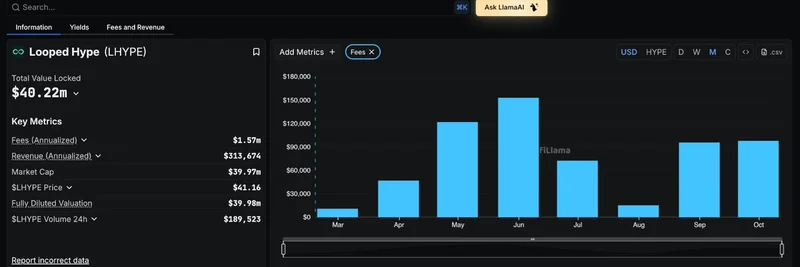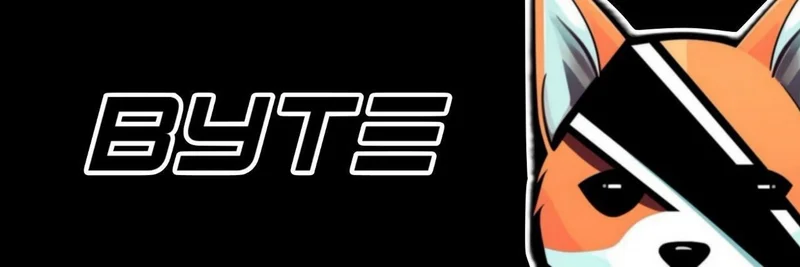NethermindEth's formal verification team is on a roll, and if you're knee-deep in blockchain development—especially with meme tokens riding the waves of decentralized innovation—these updates could be your
- The quoted post highlights key advancements like the CertiPlonk framework for zk circuits in Plonky3, with links to GitHub repos and PRs.
next security superpower. In a recent X post, the team shared some exciting progress from their head of formal verification, Julian Sutherland. We're talking formal proofs for zero-knowledge (ZK) circuits that could make your smart contracts bulletproof. Let's break it down in plain English, no PhD required.
CertiPlonk: Verifying ZK Circuits Like Never Before
At the top of the list is the first draft of CertiPlonk, a framework designed to formally verify ZK circuits built with Plonky3. If you're new to this, Plonky3 is a high-performance library for creating zk-SNARK proofs—those magical cryptographic tools that let you prove something is true without spilling all the details. Think of it as a privacy shield for your blockchain transactions, perfect for meme token launches where you want to keep the hype confidential until drop time.
CertiPlonk steps in to ensure these circuits aren't just fast, but provably correct. Formal verification here means using math to double-check that your code does exactly what it's supposed to, catching bugs before they turn into exploits. The draft is already up on GitHub, so developers can start tinkering. For meme token creators, this could mean safer airdrops and staking mechanisms without the fear of a sneaky vulnerability draining the liquidity pool.
Generalized FRI and Batched FRI: Efficiency Upgrades Incoming
Next up, a big win for the ArkLib project: the generalized FRI (Fast Reed-Solomon Interactive Oracle Proofs) model has been merged via this pull request. FRI is a key component in zk-SNARKs that helps verify large computations efficiently—crucial for scaling blockchain apps without skyrocketing gas fees.
And they're not stopping there. The first draft of batched FRI is in the works (pull request here), which promises to handle multiple proofs at once. Imagine batch-processing verifications for a fleet of meme token trades; it's like upgrading from a single-lane highway to a multi-lane expressway for your dApp's performance.
Embedding Bluebell into Iris-Lean: Probabilistic Proofs Get a Home
The team is also dipping toes into probabilistic programming with plans to embed the Bluebell logic into Iris-Lean. This combo could bring rigorous proofs to systems that deal with uncertainty—like random number generation in NFT mints or oracle feeds for meme token valuations. It's early days, but expect ripples in how we build reliable, unpredictable elements into blockchains.
Why This Matters for Meme Token Builders and Beyond
In the wild world of meme tokens, where virality meets volatility, security isn't optional—it's the moat around your castle. These advancements from NethermindEth lower the barrier for integrating zk tech into your projects, making it easier to prove ownership, prevent double-spends, or even create tamper-proof meme lore on-chain. As the blockchain space evolves, tools like CertiPlonk aren't just for academics; they're for anyone pushing the envelope on decentralized fun.
Keep an eye on Sutherland's feed for more teasers—he hinted at "more stuff coming soon on zk circuit verification." If you're a practitioner looking to level up, fork those repos and start verifying. What's your take on these updates? Drop a comment below or hit us up on X—we're all ears for the next big zk-meme crossover.



